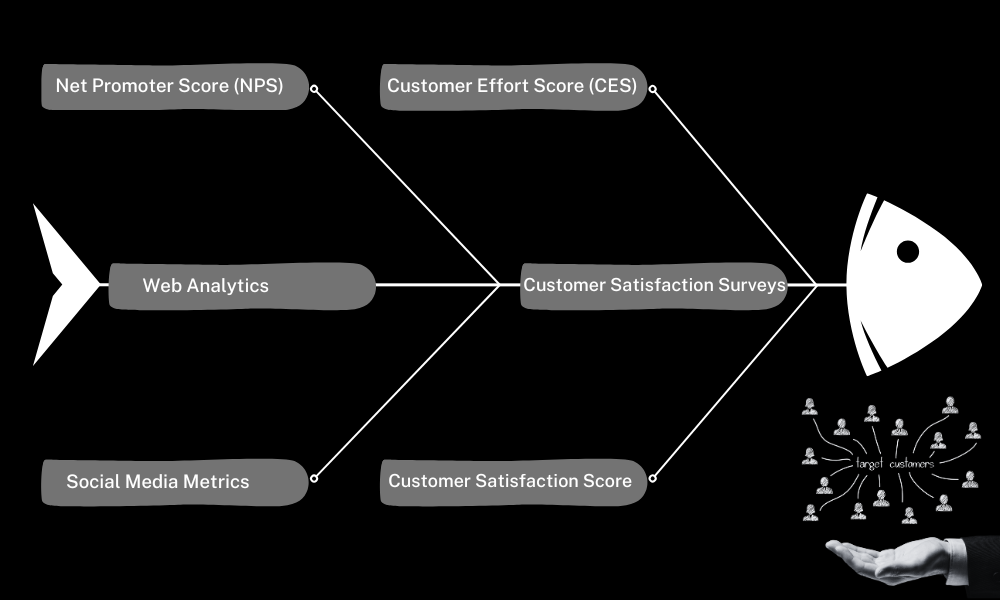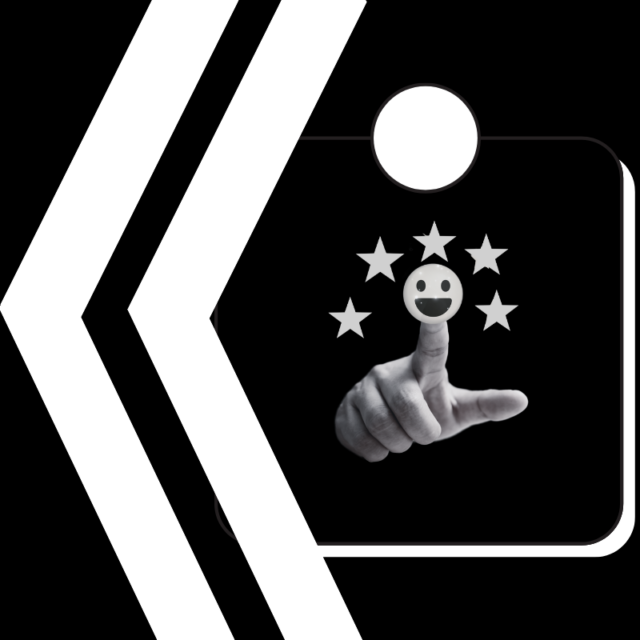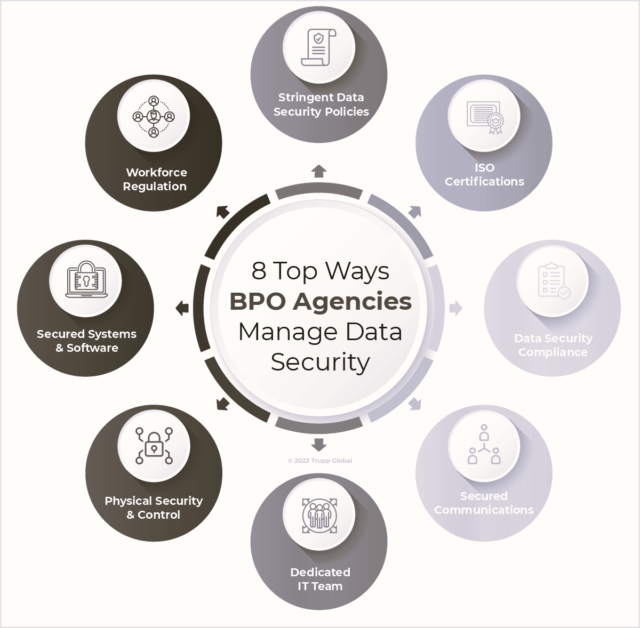For any business, customers are considered a fundamental asset. Hence, customer satisfaction acts as a positive catalyst that pushes a brand forward while ensuring business growth. However, companies must plan their customer service strategies based on actual data rather than vague assumptions. Though companies provide customer service, it needs to be measured whether the customers are satisfied or not. There are several metrics used by businesses in all sectors to measure customer satisfaction. Companies often make it a healthy practice to determine customer satisfaction levels so that they can understand the loopholes in service delivery.
What is Customer Satisfaction?

Customer satisfaction is defined as the reflection of how customers feel after interacting with a brand. It refers to the measure of how a company surpasses or meets customer expectations with its products and services. It usually reflects the health of your business while showing how well the products and services of that business are resonating with the existing customers.
How to Measure Customer Satisfaction?
Research says that more than 91% of customers will never buy from the company if they are not happy with the after-sales service. Hence, measuring customer satisfaction is of utmost importance for companies to maintain customer trust and loyalty. In this blog, we are going to list a few metrics that you can use to measure customer satisfaction easily and provide excellent customer service while identifying areas for improvement.

1. Customer Satisfaction Surveys
Customer satisfaction surveys are known to be the standard approach that companies use for collecting data from customers. These surveys consist of questionnaires or a basic rating regarding the service of the company. There are 4 variations of the customer satisfaction survey, which are described below.
In-App Surveys
In-app surveys are small, subtle feedback that is integrated into the website or app after a customer purchases from the respective source. Companies often initiate a post-service or post-purchase survey and the response rate of this survey is most likely to be honest. Make sure that these surveys do not hinder the customer experience during the buying procedure. It should be precise and short.
Post Call Surveys
Post-call surveys are the best feedback that is received by the customers as soon as the interaction gets over with the customer service agents. In this survey, the caller gives feedback by pressing keys on the phone to rate the customer service, which is automatically rolled to the supervisor in the company.
Email Surveys
Email surveys are meant for old customers who have made repeat purchases from the brand. It is a form-based survey that contains insightful questions related to customer’s goals and better engagement. The response rate is low because the answers are quite lengthy.
Voluntary Feedback
Sometimes customers provide feedback on their own for multiple reasons. Either the customers are very happy with your service or they can be extremely unhappy with something, and they want to let the company know about their experiences. Whatever it is, ensure that, as a brand, you are making an effort to make a call to the customers and understand their concerns while meeting customer expectations
2. Customer Satisfaction Score (CSAT)
The CSAT score, or customer satisfaction score, is the universal metric that brands use to rate recent customer interactions with the customer service team. The parameter ranges from 1 to 5, with 1 being highly dissatisfied and 5 being extremely satisfied. The CSAT score is an elementary method by which brands understand the level of customer satisfaction that takes place between the customers and the customer service agent. However, brands have to be more organized and skilled while collecting feedback from customers using the CSAT score. The CSAT score is directed towards customer sentiment, and the metric comes from its directness.
3. Net Promoter Score (NPS)
The Net Promoter Score (NPS) is a metric of customer satisfaction where the likeliness of a customer referring that brand to someone is measured. It is one of the most infamous ways of measuring customer trust and loyalty. Here, customers are asked to rate, on a scale from 1 to 10, how likely they are to recommend the brand to someone, where 10 denotes extremely likely and 1 denotes not at all likely.
Hence, the response rate of this survey is higher because unsatisfied customers always answer this survey to let the company know about their experience. Data reflect that 64% of customers tend to recommend a brand to their friends and families due to an excellent customer experience. Brands must utilize this opportunity for customer retention by making a significant impact on customer service.
4. Customer Effort Score (CES)
Customer Effort Score (CES) is a way of understanding customer service quality where the customers are asked regarding the amount of effort they have put in while availing customer service for resolving their issue. The scale for CES ranges from 1 to 5, where 5 denotes extreme hassle and 1 denotes lower hassle. It is considered an appropriate customer-centric parameter where brands can segment their unhappy customers in a way so that they can put extra effort into the less satisfied customers.
5. Social Media Metrics
The social media of any brand creates a significant impact on its relationship with customers. Customers become more vocal on social media as they post on the company’s social media handles regarding their experiences with the brand. Brands must observe customer behavior and recommendations by responding to them accordingly.
Google Alerts
Google Alerts notify customers whenever a brand has something to promote or appears in a prominent position.
Mention
Mention is a powerful free and premium tool that gives the brand a heads up whenever it is mentioned anywhere on the web. It is essential for tracking social media platforms where Google alerts don’t act properly.
Social Mention
Social Mention is a free tool that is used to analyze the social mentions of a brand on the web. It will show the likeliness of the brand that is being presented on the web. As a brand, you can easily detect the ratio of positive and negative social mentions of your brand.
6. Web Analytics
Web analytics refers to data-driven metrics used by a brand for measuring customer satisfaction. In this method, direct involvement of customers is not required because the analytics generally crawl the website traffic, understand customer behavior, and read the sales funnel, thus predicting future conversations. In-built web analytic models provide better insights into all the touch-points, FAQs, etc. If these insights are successfully compiled, then a brand can create an efficient customer service strategy that will act as a crucial differentiator in the economy.
Need a Reliable 24/7 Customer Support?
CONCLUSION
Tracking and measuring your brand’s key customer satisfaction metrics can seem overwhelming, but it is very worthwhile when a company reaps the benefits in customer loyalty and brand reputation. However, the metrics for measuring customer satisfaction may vary depending on various industrial sectors. But the above-mentioned metrics are the successful metrics commonly used by most companies while serving better customer service.
Trupp Global is an outsourced partner with extensive market experience that offers astute customer support solutions to propel your company to new heights.
Found this insightful?






